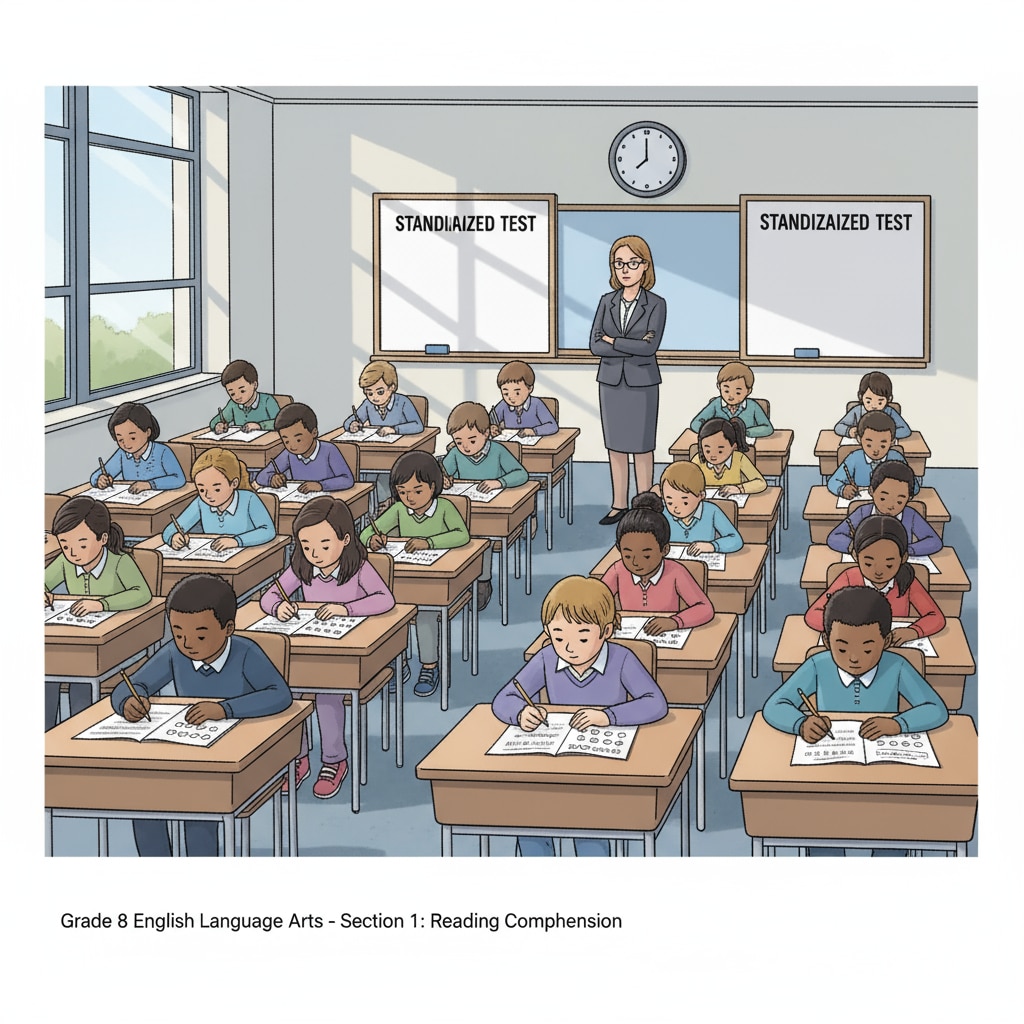Standardized tests, memory, and critical thinking are intertwined elements in the modern education landscape. For decades, standardized tests have been a cornerstone of educational assessment, but they often fall short in accurately gauging students’ true learning capabilities.

The Over-Reliance on Memory in Standardized Tests
Most standardized tests are structured in a way that heavily favors memory recall. These tests typically consist of multiple-choice, fill-in-the-blank, or short-answer questions that require students to regurgitate facts and information they have memorized. For example, a history test might ask students to recall specific dates, names of historical figures, or events. This focus on memory can be traced back to the ease of grading and the perceived objectivity of such questions. However, it fails to capture the depth of understanding and the ability to apply knowledge in real-world situations. As a result, students may excel at memorizing information for the test but struggle when faced with practical problems that demand critical thinking. Standardized test on Wikipedia

The Neglect of Critical Thinking in Standardized Testing
Critical thinking involves analyzing, evaluating, and synthesizing information to form well-reasoned judgments. Unfortunately, standardized tests rarely provide an avenue for students to demonstrate these skills. The format of these tests often restricts responses to pre-determined options, leaving little room for students to express their unique perspectives or engage in in-depth analysis. For instance, in a literature test, instead of being able to discuss the themes and symbols in a novel in a creative and analytical way, students may be forced to choose from a set of pre-written interpretations. This lack of emphasis on critical thinking not only hinders students’ intellectual growth but also fails to prepare them for the complex challenges they will face in the future. Education on Britannica
To move forward, it is essential to develop more comprehensive and dynamic assessment methods. These could include project-based assessments, where students have to apply their knowledge to solve real problems, or portfolio assessments that showcase their progress over time. By incorporating such methods, we can better evaluate students’ true learning abilities and foster the development of critical thinking skills.
Readability guidance: As seen, the current standardized testing system has significant flaws. We need to shift our focus from rote memory to critical thinking and embrace more diverse assessment methods. This will enable us to accurately measure students’ learning and prepare them for a successful future.


